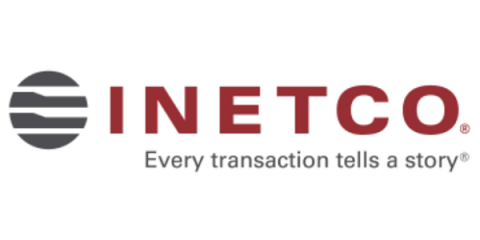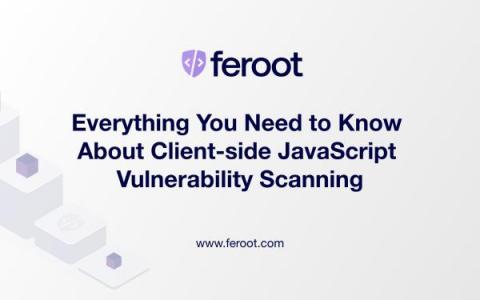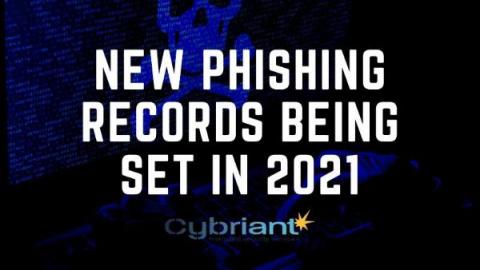The Right Steps to SASE: Extend Zero Trust to Data Protection and Private Access
The following is an excerpt from Netskope’s recent book Designing a SASE Architecture for Dummies. This is the fifth in a series of seven posts detailing a set of incremental steps for implementing a well-functioning SASE architecture. Now that your organization is smarter about its traffic, able to see what’s going on, and able to enforce policies to secure its data, you can realize the promise of a remote-first workforce.











